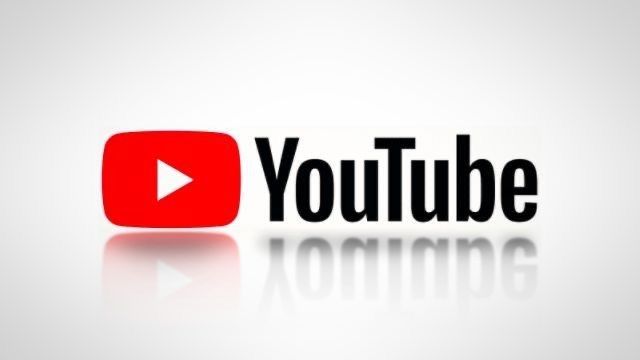
YouTube is one of the biggest platforms for content creators, offering immense opportunities to grow an audience, build a brand, and earn revenue. Whether you’re starting fresh or looking to strengthen your existing channel, this guide covers everything from creating a YouTube channel to optimizing and growing it effectively.
Step 1: Creating Your YouTube Channel
Sign Up and Set Up Your Channel
Creating a YouTube channel is simple and free. Follow these steps to get started:
- Visit YouTube and sign in with your Google account.
- Click on your profile picture and select Create a Channel.
- Choose a channel name that aligns with your niche and brand identity.
- Upload a profile picture and banner that visually represent your brand.
- Write a compelling channel description with relevant keywords to enhance discoverability.
Customize Your Channel
To optimize your channel for better engagement and visibility:
- Fill out the About section with details about your content, upload schedule, and links to social media or websites.
- Set up playlists to organize your content for easier navigation.
- Enable monetization options once eligible to start earning revenue.
Step 2: Creating High-Quality YouTube Content
Choose the Right Niche
Finding your niche is crucial for long-term success. Consider these factors:
- Your passion and expertise.
- Audience demand and competition.
- Trending topics using YouTube Trends, Google Trends, or competitor research.
Popular YouTube niches include:
- Tech reviews
- Gaming content
- Educational tutorials
- Fitness and health tips
- Vlogs and lifestyle content
Plan and Script Your Videos
Before recording, structure your video with a clear outline:
- Hook (first 10 seconds): Grab viewers’ attention.
- Main content: Deliver value with a structured flow.
- Call-to-action (CTA): Ask viewers to like, comment, subscribe, or share.
Use High-Quality Equipment
While smartphones can record decent videos, investing in better equipment improves video quality:
- Camera: A good DSLR or mirrorless camera (or a high-end smartphone).
- Microphone: External microphones ensure clear audio.
- Lighting: Softbox lights or natural lighting enhance video quality.
Edit Professionally
Editing can make or break your content. Use tools like:
- Adobe Premiere Pro
- DaVinci Resolve
- Final Cut Pro
Tips for editing:
- Trim unnecessary parts to keep engagement high.
- Add captions, transitions, and effects to improve retention.
- Use royalty-free music to enhance your videos.
Step 3: Growing Your YouTube Channel
Optimize for YouTube SEO
YouTube is a search engine, and SEO helps your videos rank higher. Follow these steps:
- Title Optimization: Use target keywords in video titles.
- Description: Write detailed descriptions with keywords and links.
- Tags: Add relevant tags to help YouTube understand your content.
- Thumbnails: Create eye-catching, high-quality thumbnails to increase click-through rate (CTR).
Consistent Upload Schedule
Uploading consistently helps in audience retention and growth. Consider these:
- Post at least once a week.
- Use YouTube Shorts for quick and engaging content.
- Schedule uploads using YouTube Studio.
Engage with Your Audience
Building a strong community boosts growth. Engage by:
- Replying to comments and asking questions.
- Using YouTube Community posts for polls and updates.
- Encouraging viewers to like, share, and subscribe.
Collaborate with Other YouTubers
Collaboration helps expand your audience. Look for:
- YouTubers in your niche with a similar subscriber count.
- Cross-promotional opportunities like guest appearances.
- Engaging in trends and challenges.
Step 4: Strengthening Your YouTube Channel for Long-Term Success
1. Monetization and Revenue Growth
Once you meet the requirements for the YouTube Partner Program (1,000 subscribers and 4,000 watch hours in the last 12 months), you can monetize your channel. Additional income streams include:
- Sponsored content: Brands pay to feature their products.
- Affiliate marketing: Earn commission by promoting products.
- Merchandise sales: Sell branded products.
- Memberships and Patreon: Offer exclusive content to paying subscribers.
Analyze Performance Metrics
Use YouTube Analytics to track:
- Watch time and audience retention.
- Click-through rate (CTR) from thumbnails.
- Traffic sources to optimize marketing strategies.
Keep Improving Your Content Strategy
- Stay updated with YouTube algorithm changes.
- Experiment with different video formats.
- Gather feedback from your audience and improve accordingly.
Conclusion
Creating, growing, and strengthening a YouTube channel requires dedication, consistency, and smart strategies. By optimizing your content, engaging with your audience, and leveraging SEO, you can build a successful and profitable YouTube presence. Start today and take your channel to the next level!